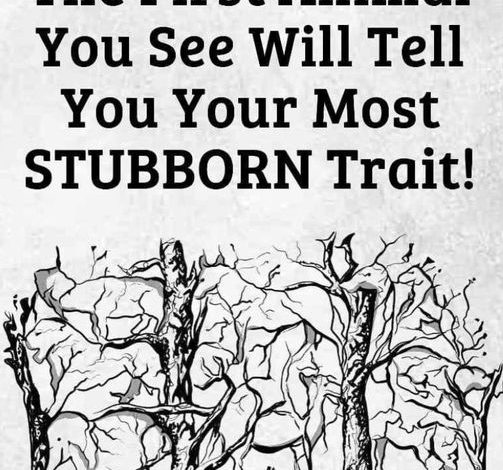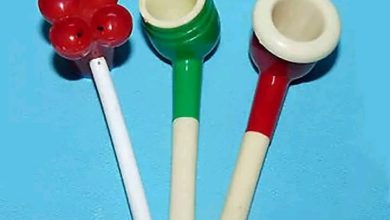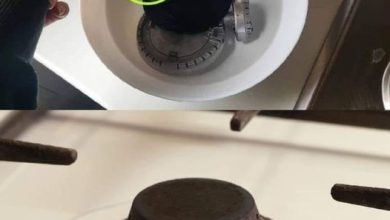Unveiling Your Inner Stubbornness: What the First Animal You See Reveals About You

ADVERTISEMENT
Unveiling Your Inner Stubbornness: What the First Animal You See Reveals About You
Introduction
Optical illusions and psychological tests often serve as fun, intriguing ways to explore aspects of our personality that we may not be fully aware of. The image you provided presents one such opportunity, claiming that the first animal you see can reveal your most stubborn trait. While this might seem like a lighthearted exercise, it taps into the fascinating world of visual perception and subconscious thought. This article explores how these visual cues might correlate with aspects of our personality, particularly those stubborn traits that define us.
The Power of First Impressions
When we look at an image that contains hidden elements, our brains naturally gravitate toward what is most familiar or resonates with us on a deeper level. The first animal you see in an image like this is often a reflection of your subconscious mind. It can indicate not just how you process information, but also highlight dominant traits that influence your behavior.
ADVERTISEMENT
The Hidden Animals and What They Mean
While each person might see a different animal first, here are some common interpretations of what these animals could symbolize in terms of stubborn traits:
- The Elephant:
- Stubborn Trait: Persistence
- Interpretation: If you first saw an elephant, you may be someone who is incredibly persistent. Once you set your mind to something, you are unlikely to waver, no matter the obstacles. This determination can sometimes manifest as stubbornness, particularly when you refuse to let go of something that may no longer serve you.
- The Lion:
- Stubborn Trait: Pride
- Interpretation: Seeing a lion first could indicate that your stubbornness is rooted in pride. You take great pride in your achievements and values, and you may find it difficult to admit when you’re wrong or to back down from a challenge, even when it might be in your best interest to do so.
- The Dog:
- Stubborn Trait: Loyalty
- Interpretation: If a dog was the first animal you noticed, your stubbornness likely stems from loyalty. You are fiercely loyal to the people and causes you care about, and this loyalty can make you resistant to change, particularly when it involves something or someone you are deeply committed to.
- The Horse:
- Stubborn Trait: Independence
- Interpretation: Those who see a horse first may value their independence above all else. This strong desire for freedom can translate into stubbornness when others try to impose restrictions or when you feel your autonomy is being threatened.
- The Bird:
- Stubborn Trait: Idealism
- Interpretation: Spotting a bird first might indicate that your stubborn trait is your idealism. You have a vision of how things should be, and you are unwilling to compromise on your ideals, even when reality suggests that adjustments might be necessary.
Why Stubbornness Can Be Both a Strength and a Weakness
Stubbornness is often seen in a negative light, associated with being inflexible or difficult to deal with. However, it is important to recognize that stubbornness can also be a strength. It is closely tied to determination, resilience, and a strong sense of self. The key is to be aware of when your stubbornness serves you and when it might be holding you back.
Using This Insight for Personal Growth
ADVERTISEMENT
Understanding the root of your stubbornness through exercises like this can be the first step toward personal growth. By recognizing your stubborn traits, you can work on channeling them in ways that benefit you while also learning to be more flexible when the situation calls for it. For example, if your stubbornness comes from pride, you might practice humility by acknowledging others’ perspectives. If it stems from loyalty, you could work on balancing commitment with the need for change.
Conclusion
The first animal you see in an optical illusion can be a fun and insightful way to explore aspects of your personality, particularly those traits that reflect your stubbornness. While this exercise is not definitive, it can offer a starting point for deeper self-reflection. Whether you saw an elephant, lion, dog, horse, or bird, remember that stubbornness is a complex trait that can be both empowering and limiting. By becoming more aware of your tendencies, you can use this knowledge to grow, adapt, and thrive in all areas of your life.




